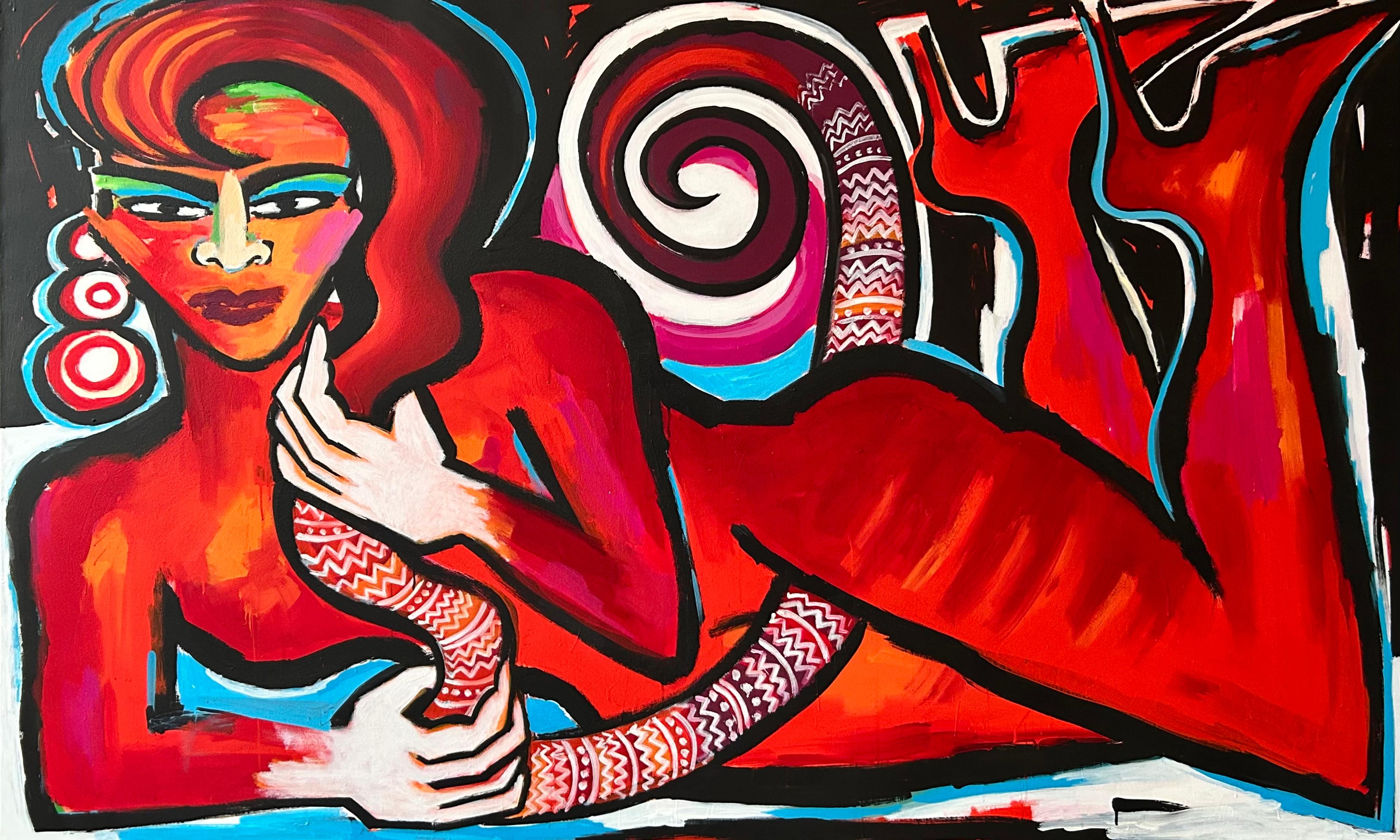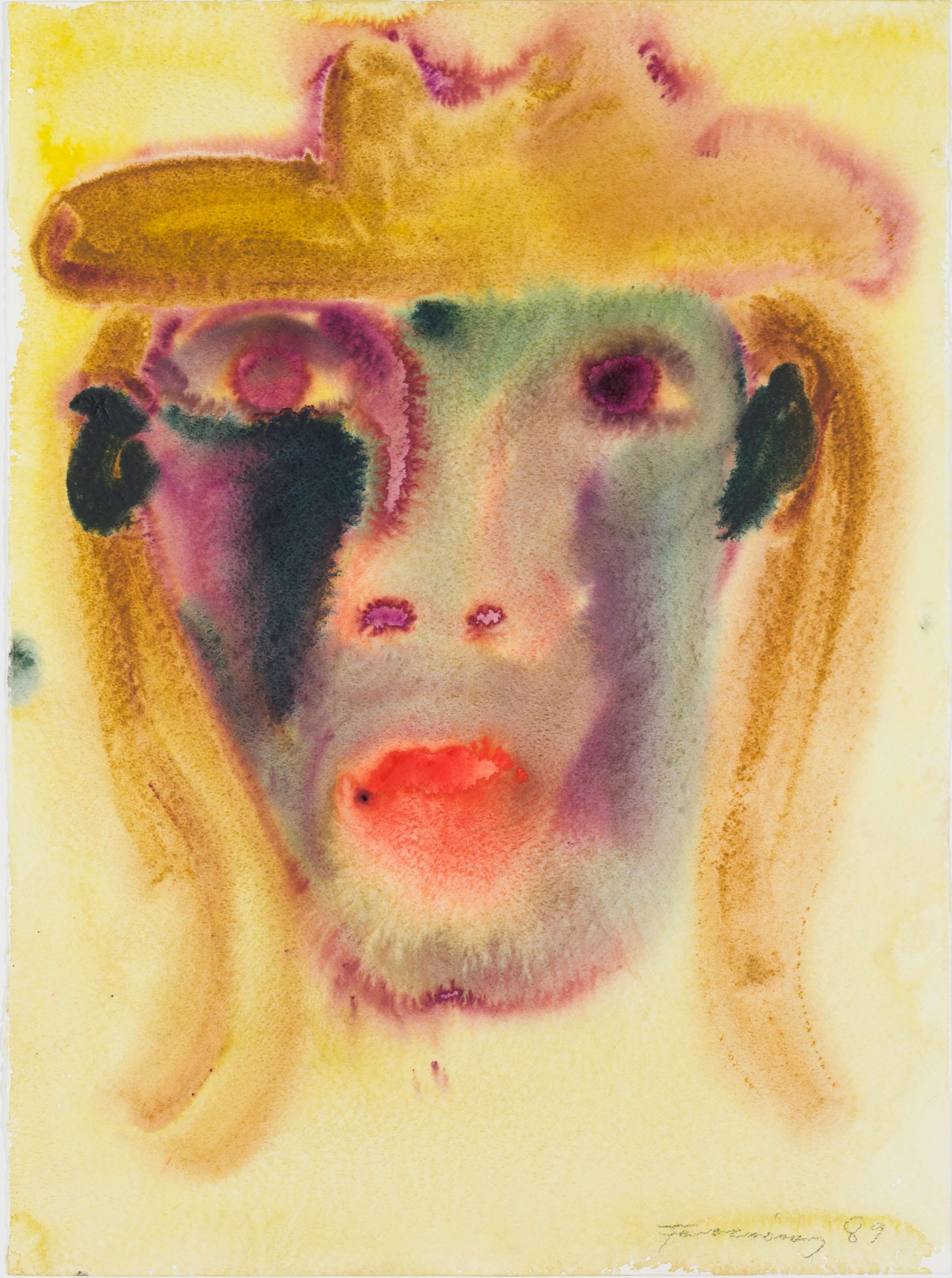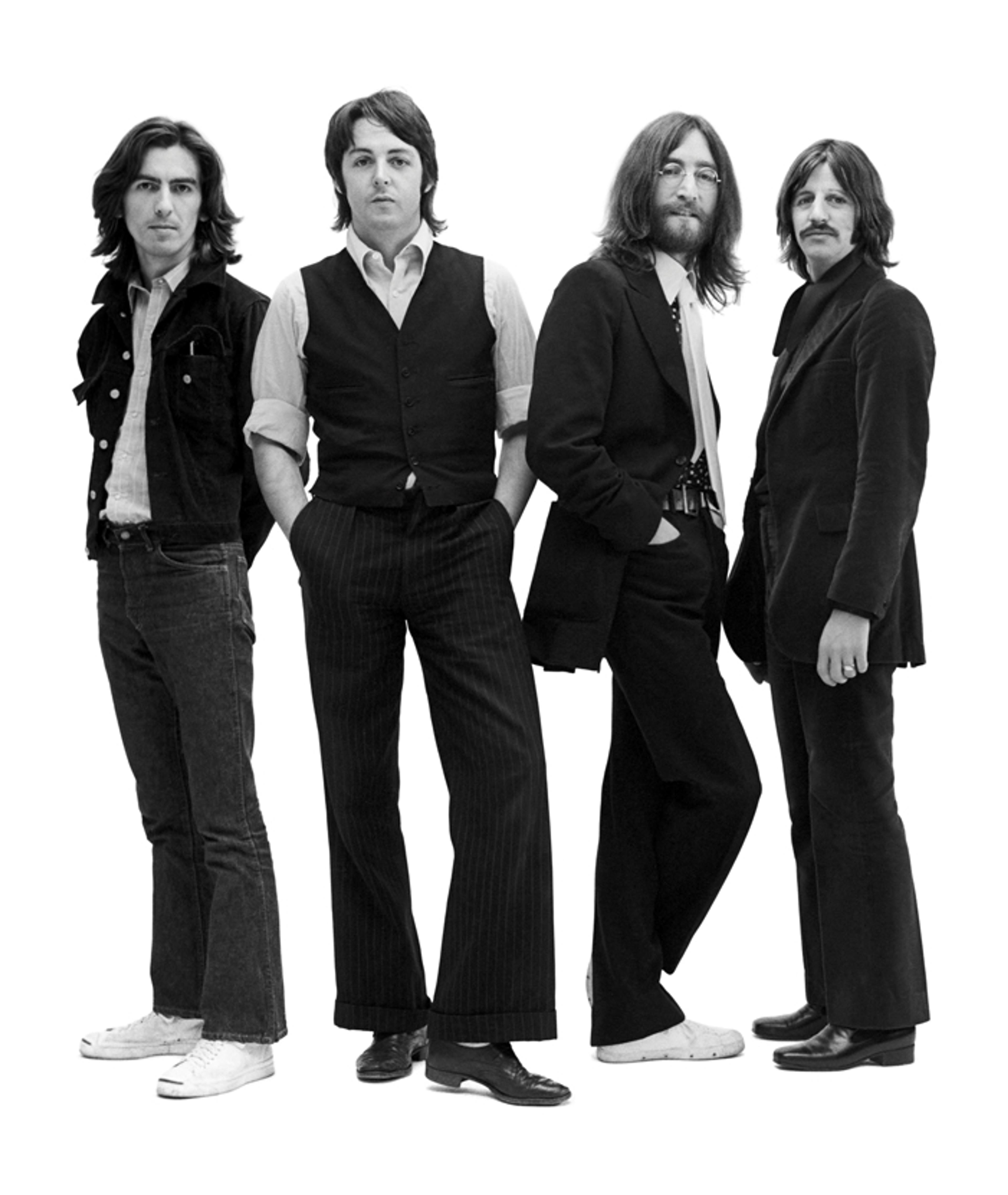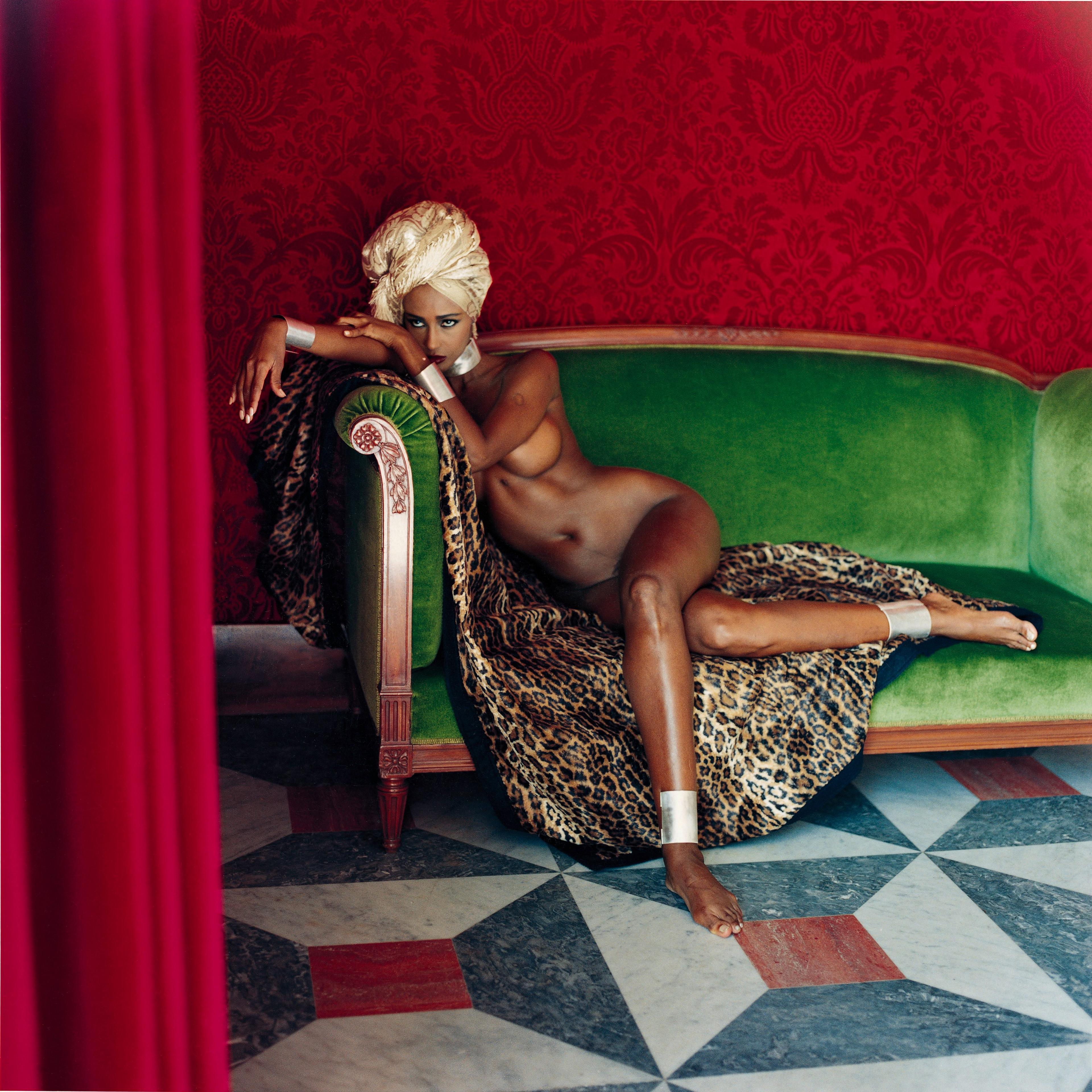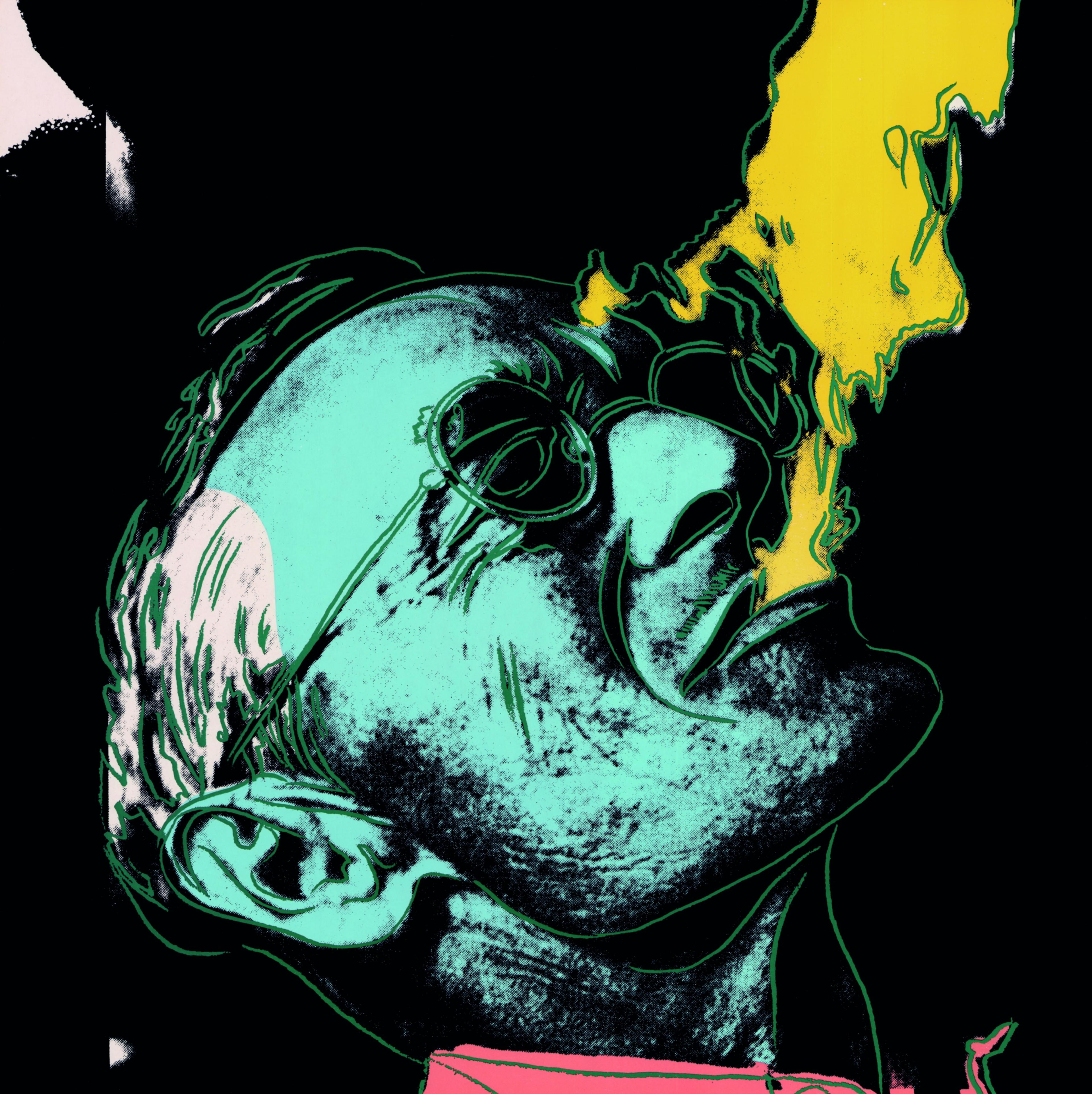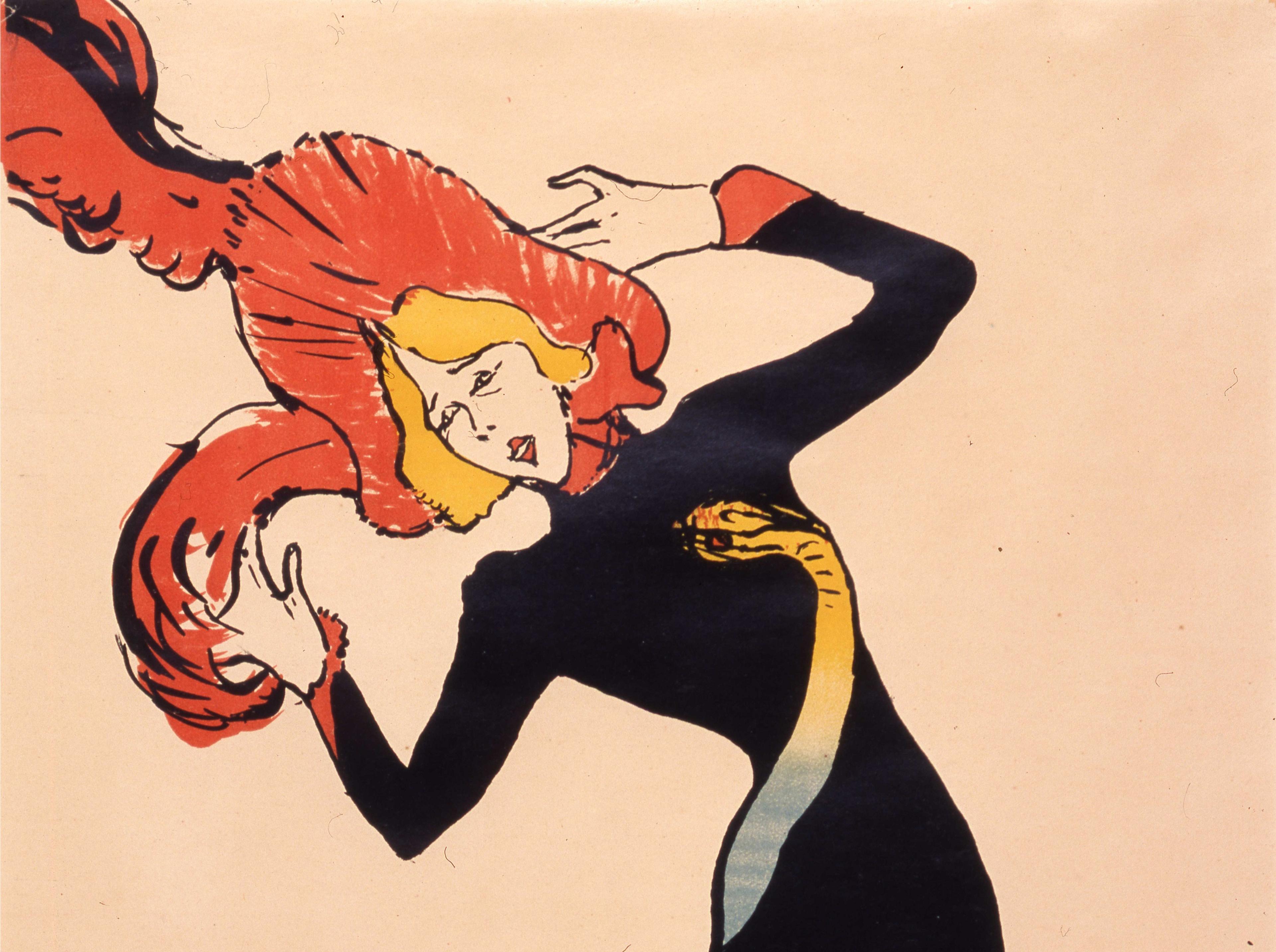
24.03 - 28.07.2024
Henri de Toulouse-Lautrecand the Belle Époque
A total of 150 works offer a fascinating insight into the diversity of artistic and craft expressions of the Belle Époque, a time of upheaval and radical new beginnings.
Barlach Art Museum Wedel
Henri de Toulouse-Lautrec was born on November 24, 1864 in Albi in the south of France into the old noble family of the Counts Toulouse-Lautrec. He developed into a painter at an early age and his unadorned scenes of Parisian nightlife would decisively shape the image of the Belle Époque. At the same time, he became one of the pioneers of modern art, decisively advancing the change from the imitation of nature to an independent, abstract work of art.

Henri de Toulouse-Lautrec, La clownesse assise, 1896
The image of the strong woman emerged as the dominant motif in Toulouse-Lautrec's work and, like many of his contemporaries, he enthusiastically focused on the feminine, female beauty and the power of her seduction. As in the Japanese woodcut, Toulouse-Lautrec used incredible finesse to bind his subjects closely to the surface through bold foreshortening and overlapping. Toulouse-Lautrec achieved outstanding virtuosity, particularly in his use of colour.
Toulouse-Lautrec held his first exhibitions in the cafés and restaurants of Montmartre and received his first major commissions. He produced lithographs for posters of artists and celebrities, most of whom he knew personally. Having long been frowned upon as purely commercial, the poster suddenly entered all areas of everyday life and art. Never before and never again had this genre played such an artistically significant role as it did during this period. Collectors and the public alike were fascinated, but also shocked by the immediacy and directness of its visual language.

Henri de Toulouse-Lautrec, Aristide Bruant das son Cabaret, 1893
However, Toulouse-Lautrec was not a caricaturist, but a keen observer of society, who despised the decadent establishment and the vain bourgeoisie, but always spoke with compassion about the dignity and misery of the so-called little people, the street people, the night owls, the actors, musicians, creative people and prostitutes. With uncompromising accuracy, he captured their beauty, their faults and weaknesses without embarrassing them.
At the same time, Toulouse-Lautrec himself took an excessive part in the hustle of Montmartre in order to gain maximum intensity and excitement from life. Self-destructive excess and alcoholism accelerated his physical and mental decline, and he died in 1901 at the age of just 36.

Henri de Toulouse-Lautrec, Les Anglais au Moulin Rouge, 1892
The exhibition by the Wolfgang Krohn Collection in Hamburg combines the most famous posters, single works and series by Henri de Toulouse-Lautrec and individual works by Jules Chéret, Alfons Mucha, Théophile-Alexandre Steinlen and Pierre Bonnard. It shows furniture from the Belle Époque, lamps by Tiffany and glass objects by Emile Gallé. A total of 150 works offer a fascinating insight into the diversity of artistic and craft expressions of the Belle Époque, a time of upheaval and radical new beginnings.

Henri de Toulouse-Lautrec , Jane Avril, 1899
Opening hours: Wednesday to Sunday 11 am - 6 pm. Special opening times can be arranged for registered groups and school classes.
Admission: 10 euros, reduced admission for students, trainees and groups of 10 people 8 euros per person. Guided tours for groups of up to 20 people 120 euros plus admission.


